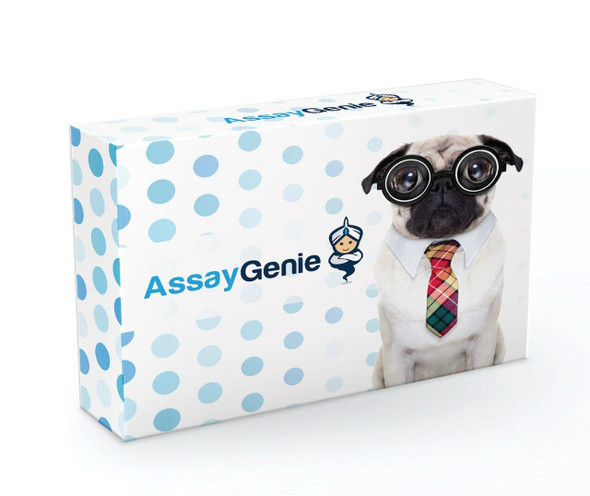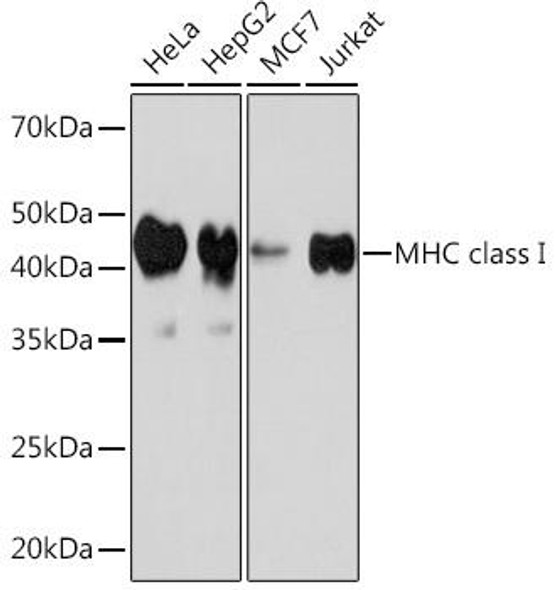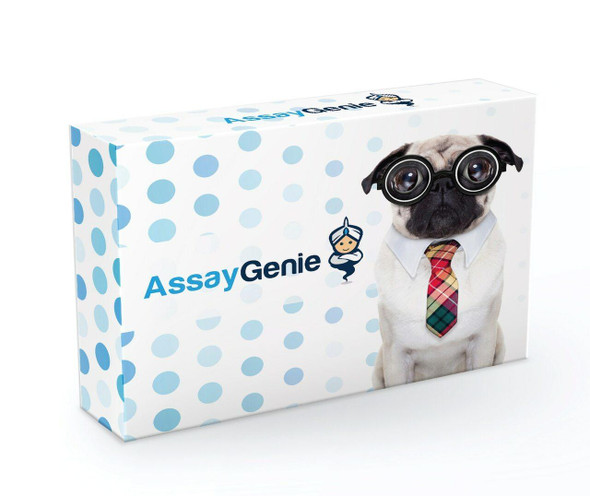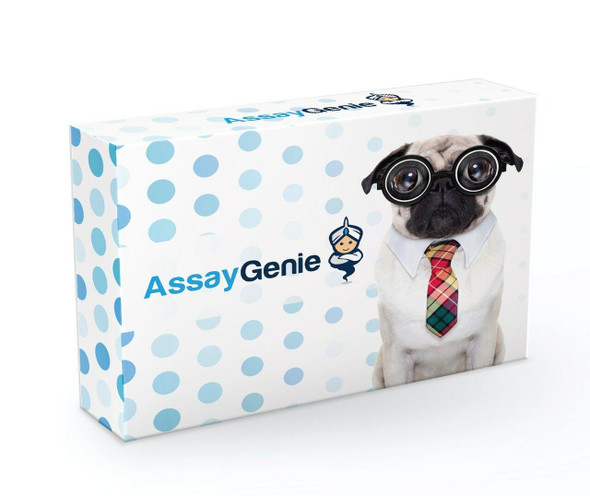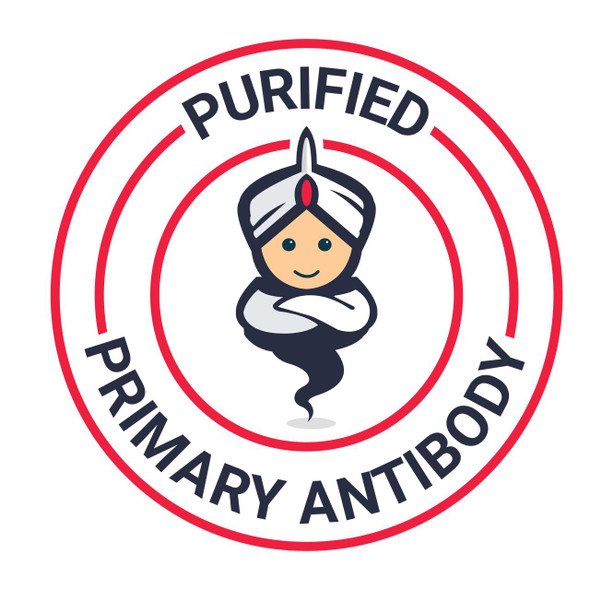MHC Class I, H-2K Monoclonal Antibody, FITC [NYRmH-2K] (CPAB0499)
- SKU:
- CPAB0499
- Product Type:
- Antibody
- Antibody Type:
- Monoclonal Antibody
- Reactivity:
- Universal
- Host Species:
- Mouse
- Isotype:
- IgG2b
- Clone:
- NYRmH-2K
Description
MHC Class I, H-2K Monoclonal Antibody, FITC [NYRmH-2K] (CPAB0499)
The MHC Class I H-2k Antibody (FITC) (CPAB0499) is a valuable tool for researchers studying immune responses and hypersensitivity reactions. This polyclonal antibody, produced in rabbits, is specifically designed to target the MHC Class I H-2k protein, which is essential for antigen presentation and immune recognition. The antibody is highly reactive with samples from various species and has been validated for use in flow cytometry and immunofluorescence applications. It allows for the visualization and analysis of MHC Class I H-2k expression in different cell types, making it ideal for studies in immunology and vaccine development.
MHC Class I H-2k plays a crucial role in the immune response by presenting antigens to T cells and initiating an immune response against pathogens. Understanding its expression and function is essential for research into infectious diseases, autoimmune disorders, and organ transplantation. The MHC Class I H-2k Antibody (FITC) (CPAB0499) provides a reliable tool for researchers to investigate the role of MHC Class I H-2k in immune regulation and disease pathology.
| Product Name: | MHC Class I, H-2K Antibody, FITC |
| Product Sku: | CPAB0499 |
| Size: | 500μg |
| Host Species: | Mouse |
| Immunogen: | Purified mouse LN cells (C57Bl/6 anti-BALB/c) . |
| Clone: | NYRmH-2K. |
| Reactivity: | Other bodies |
| Applications: |
| Purification Method: | Ion exchange column. |
| Isotype: | IgG2b |
| Background: | MHC Class I is a membrane spanning molecule consisting of 2 proteins. MHC Class I is just about 350 amino acids in length, with roughly 75 amino acids at the carboxylic end comprising the transmembrane and cytoplasmic portions. The remaining 270 amino acids, are divided into three globular domains labeled Alpha-1, Alpha-2 and Alpha-3 prime, with Alpha-1 being closest to the amino terminus and Alpha-3 closest to the membrane. The second portion of the molecule is a small globular protein called Beta-2 Microglobulin. It links primarily with the Alpha-3 prime domain and is essential for MHC stability. The MHC ability to show a vast range of antigenic peptides for T cell recognition needs a compromise between broad specificity and high affinity. Both MHC class I and MHC class II show an exceptional structure while the peptide main chain is tightly bound and peptide side chains show less restrictive interactions. It is primarily the peptide side-chain contacts and conformational variability that ensures that the peptide-MHC complex presents an antigenically unique surface to T cell receptors. |
| Synonyms: | |
| Storage Buffer: | Lyophilized: store at 4°C. After reconstitution, if not intended for use within a month, aliquot and store at -20°C. |




